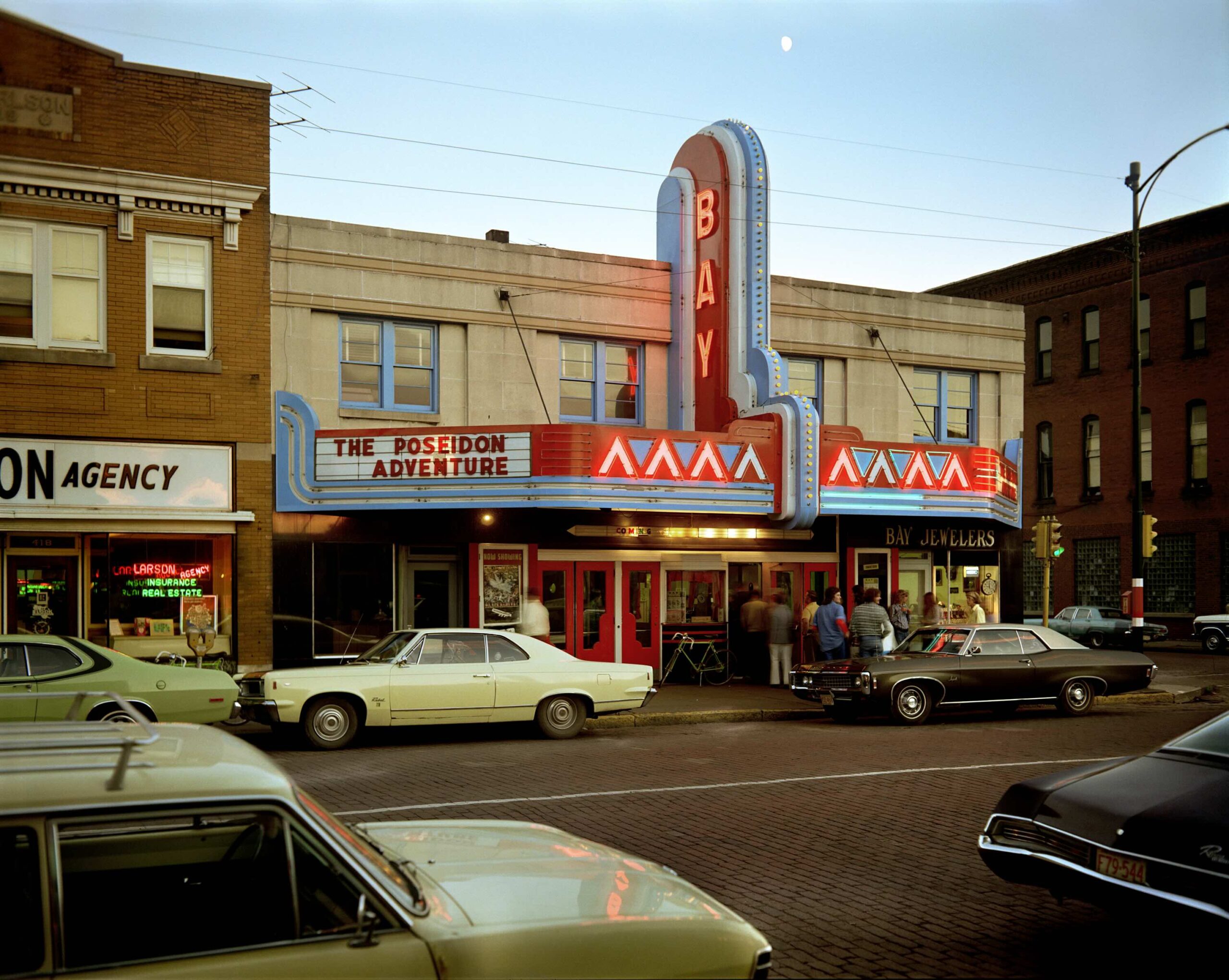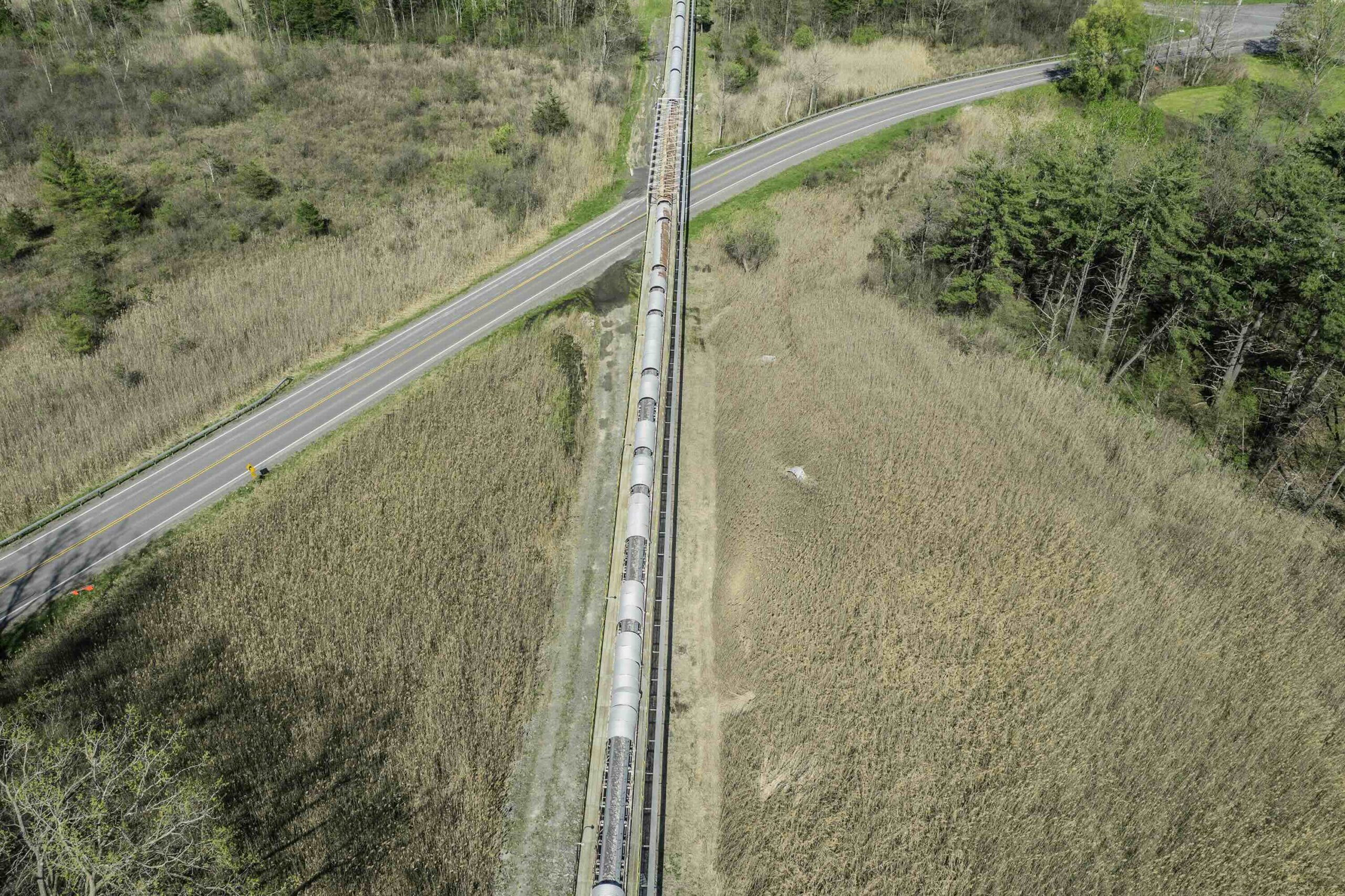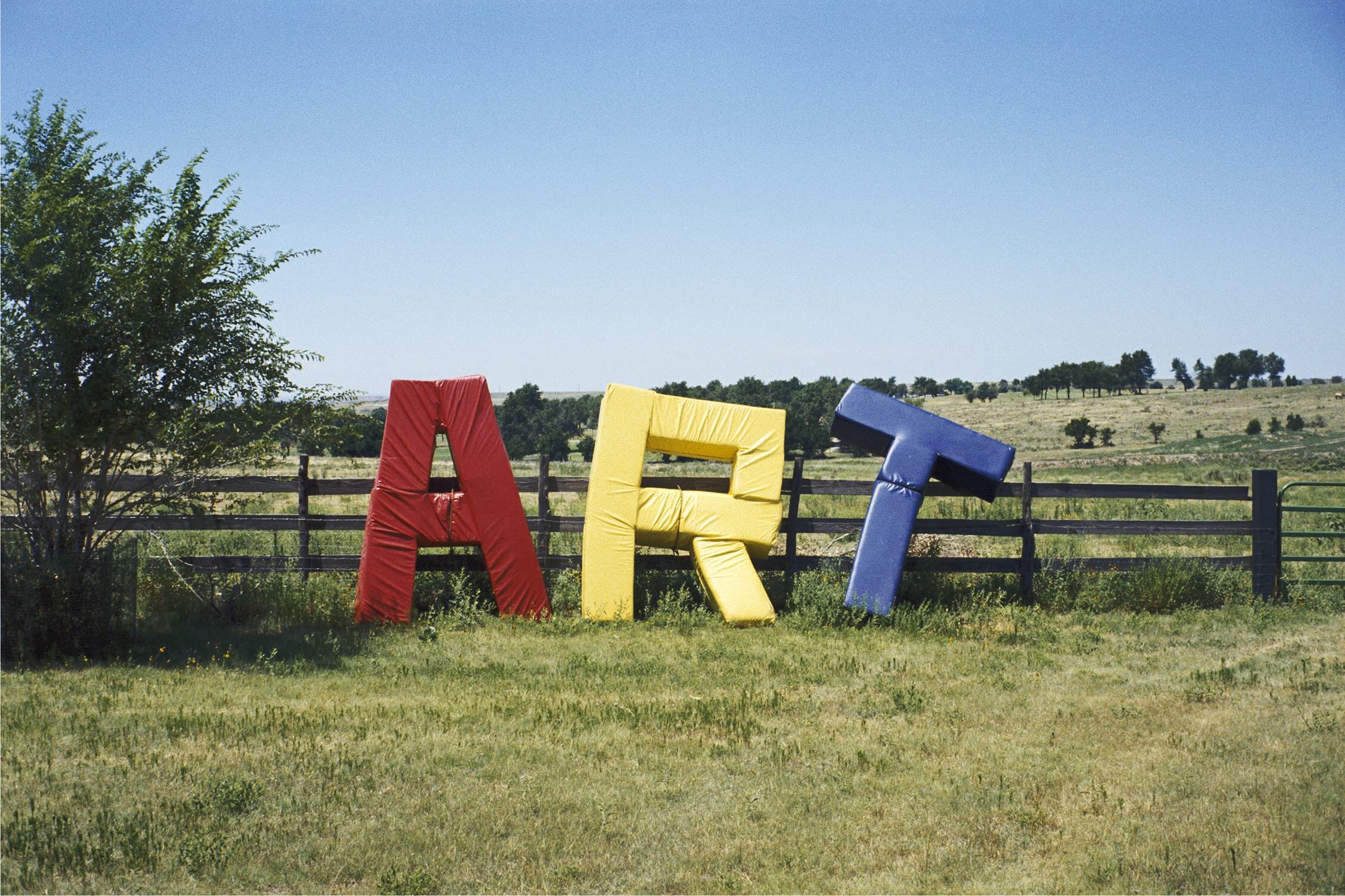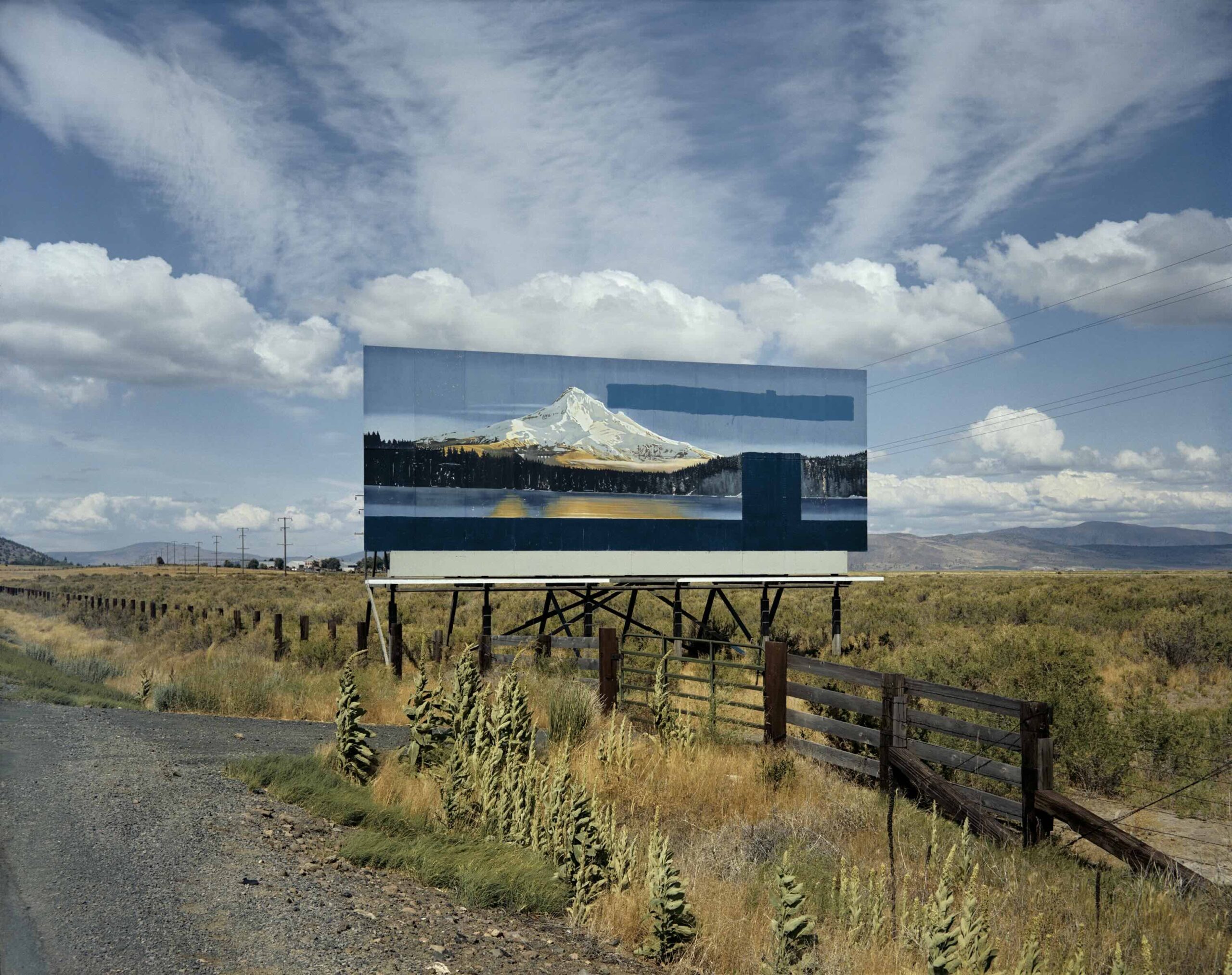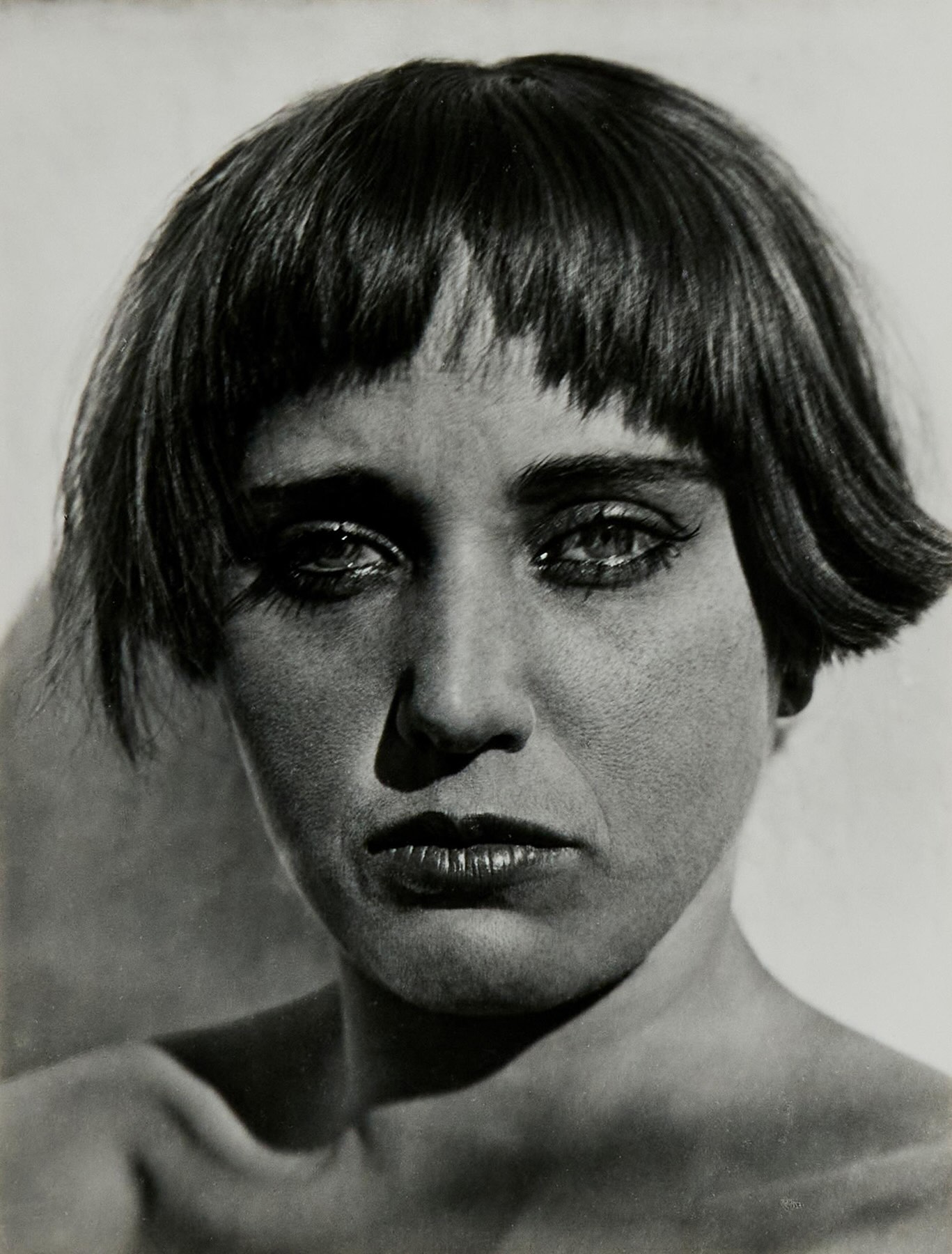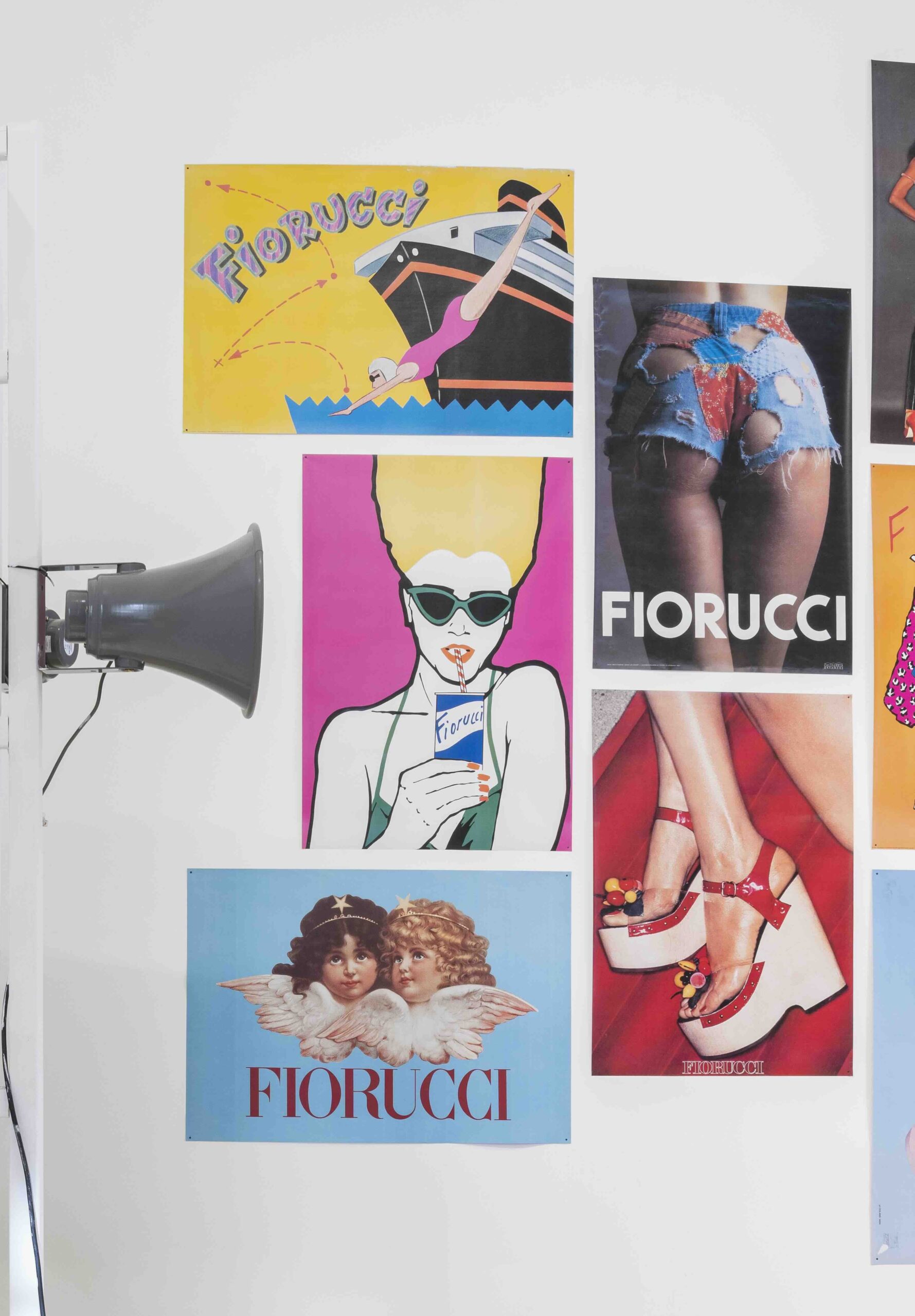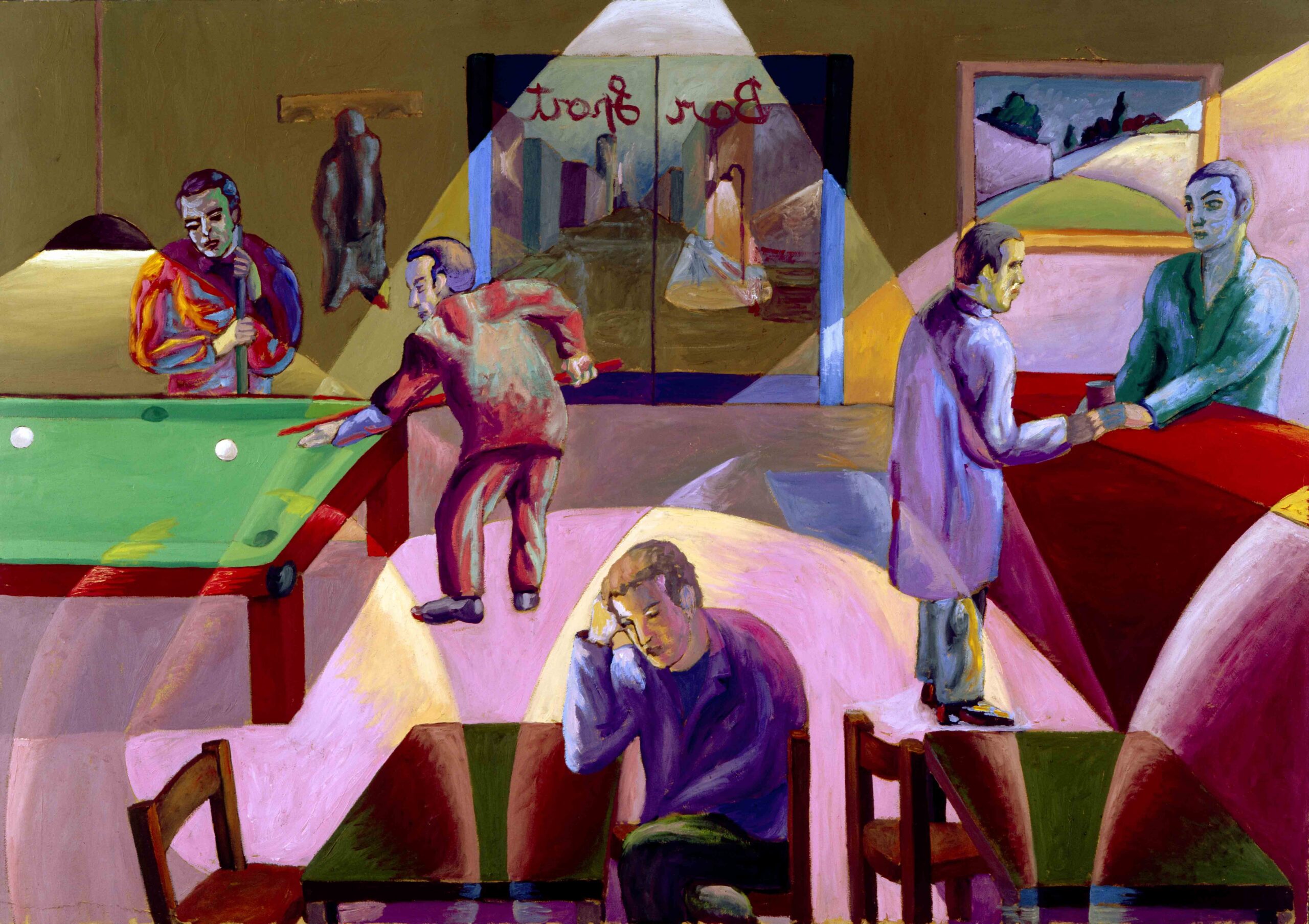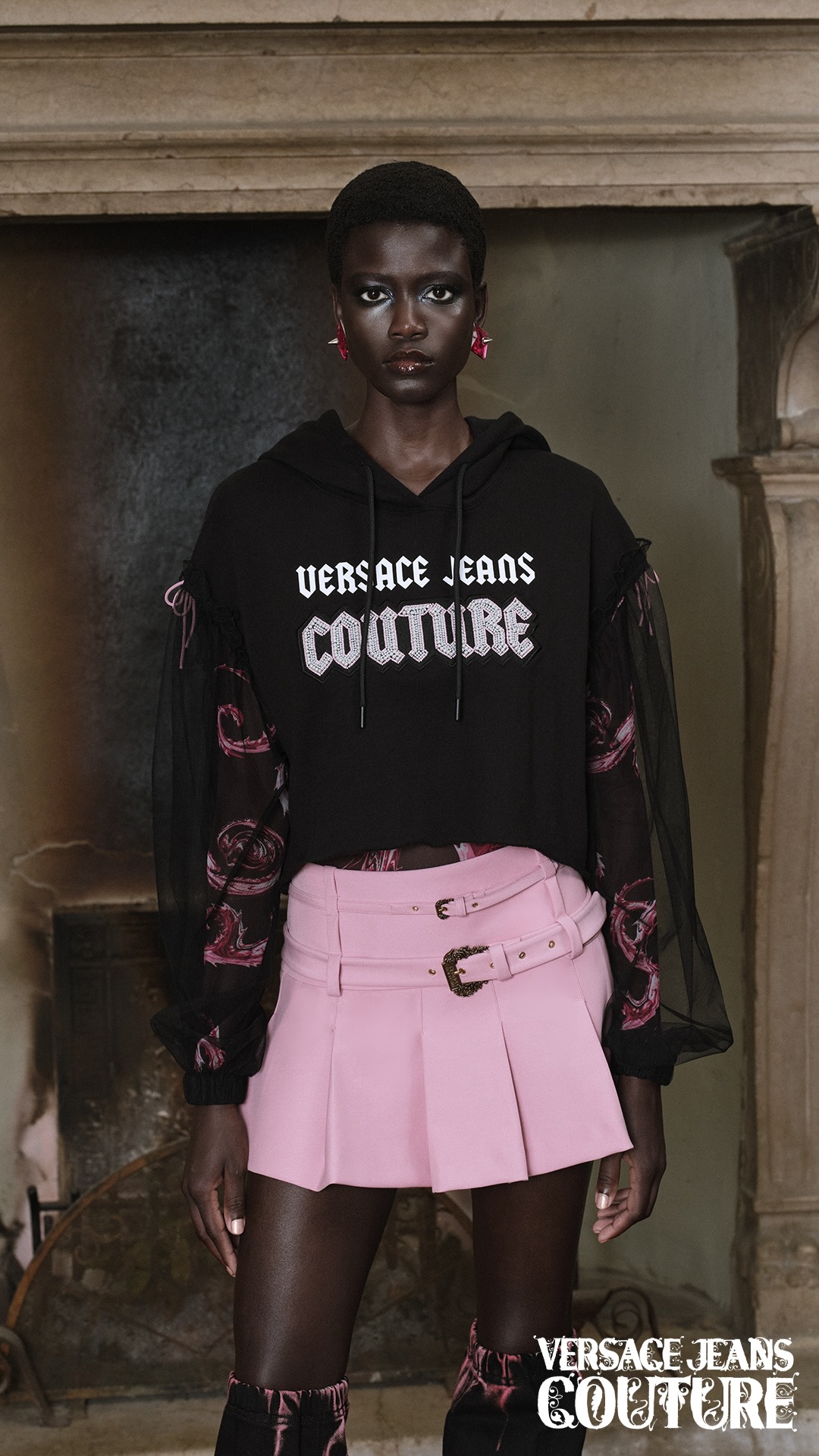Stephen Shore: Vehicular & Vernacular
Fondation Henri Cartier-Bresson
June 1st – September 15, 2024
Born in New York in 1947, Stephen Shore began taking photographs at the age of nine. At fourteen, Edward Steichen acquired three of his photographs for the collections of the MoMA—and by 1971, he was the first living photographer to have a solo exhibition at the Metropolitan Museum. Shore was notably one of the eight photographers included in the 1975 New Topographics exhibition at the George Eastman House in Rochester, which redefined the approach to the American landscape. As part of a generation that brought recognition to color photography as an art form, his work transforms everyday scenes into meditative moments that are neither banal nor predictable, set against a rich, varied, and complex landscape. Since the 1960s, mutability has been central to his practice, and over the next two decades, Shore undertook various journeys across the United States, creating his two most famous series: American Surfaces and Uncommon Places, which remain the best visual perceptions of national micro-realities since The Americans by Robert Frank.
“To see something spectacular and recognize it as a photographic possibility is not making a very big leap. But to see something ordinary, something you’d see every day, and recognize it as a photographic possibility, that’s what I’m interested in.”
Shore’s work is permeated by multiple aesthetic and cultural issues, including the vernacular aspects of the landscape: a constant interest in North American photography; the culture of utility, the local, and the popular, which are strongly typical of the United States. His approach to photography is both detached and contemplative, characterized by a deliberately sober economy of means. Shore often compares the process of taking photographs to one of his favorite activities: fishing. “I have discovered through experience that whenever my attention wanders or I look away, a fish will surely bite the hook, and I will be too late to catch it. I observe the hook calmly and attentively so that when the fish bites — I bite. Then the line tightens, the game with the fish begins, and time stops. Fishing, like photography, is an art that requires intelligence, concentration, and delicacy.”
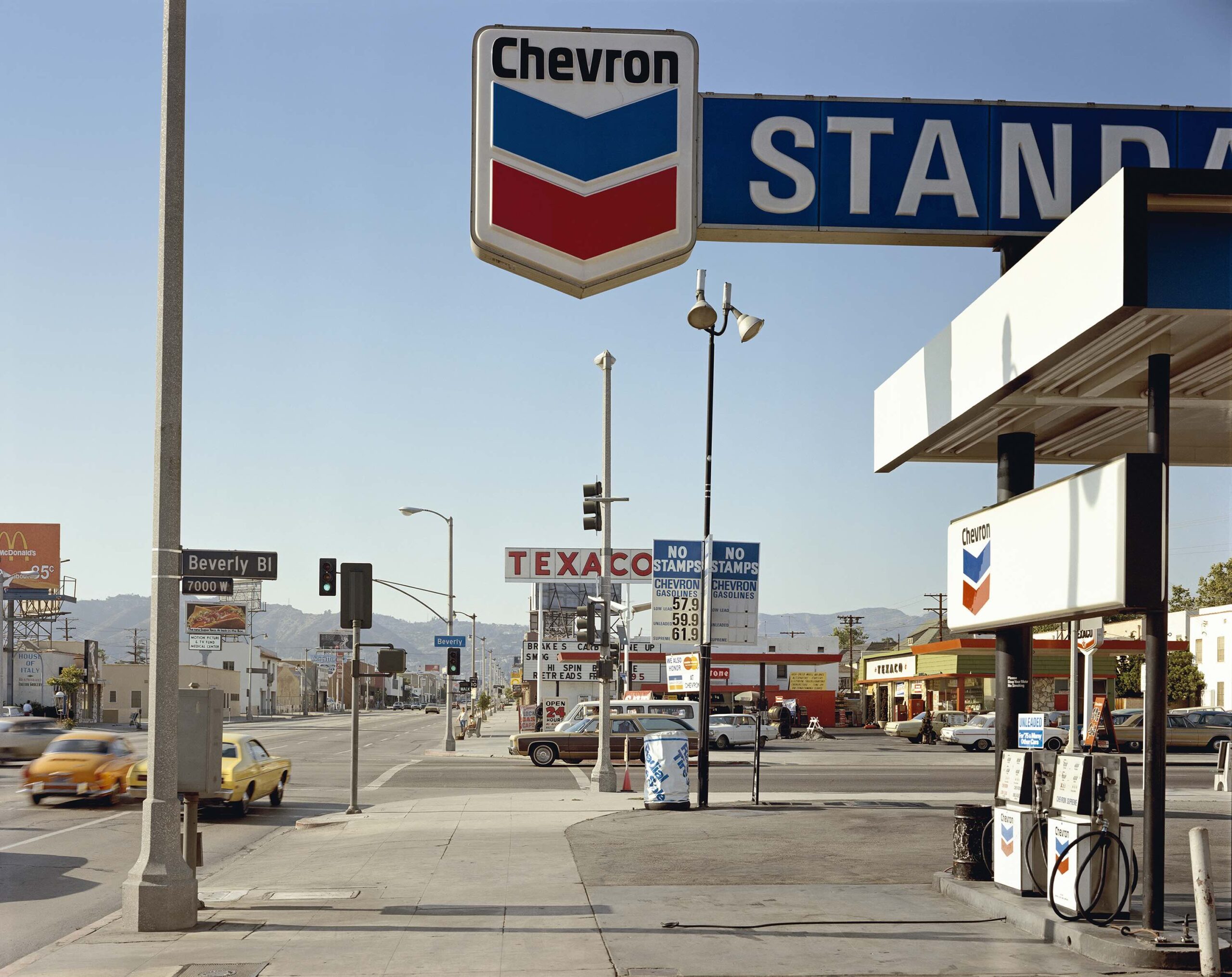
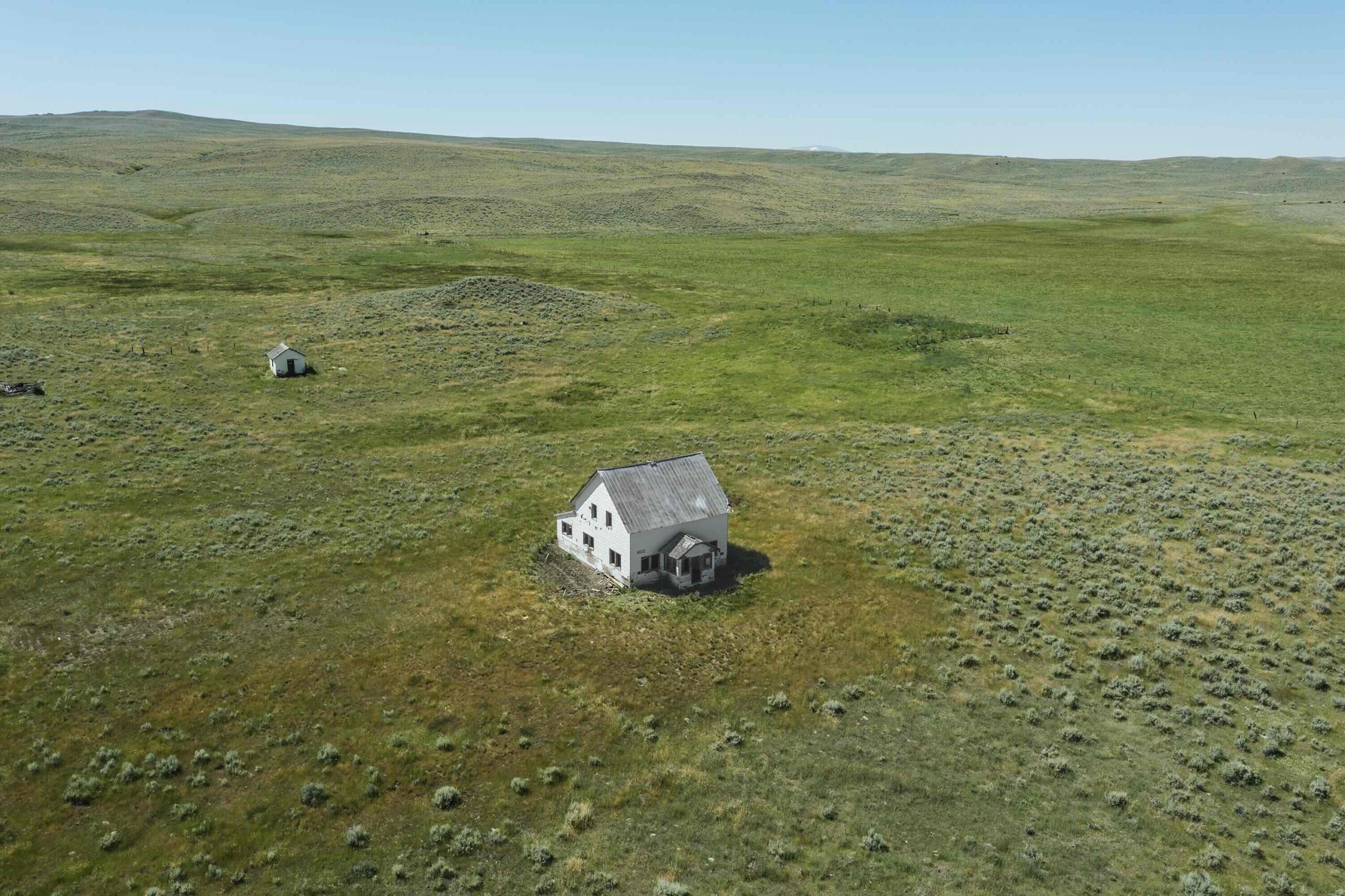
Undoubtedly, the first distinctive feature of Shore’s practice is the pursuit of maximum clarity. In the 1970s, he began using a large-format 8×10 inch camera, favored by the technical advances of digital cameras, which allow for extreme precision but are much easier to handle compared to traditional view cameras. Another guiding principle in most of his photographs is the respect for natural light: his work does not include images taken at night, and artificial light or flash are rarely present. His transitions between color and b&w, the use of both analog and digital technologies, and the constant variation of scale and subject have produced a visually disparate body of work where the prevailing rule is the absence of rules.
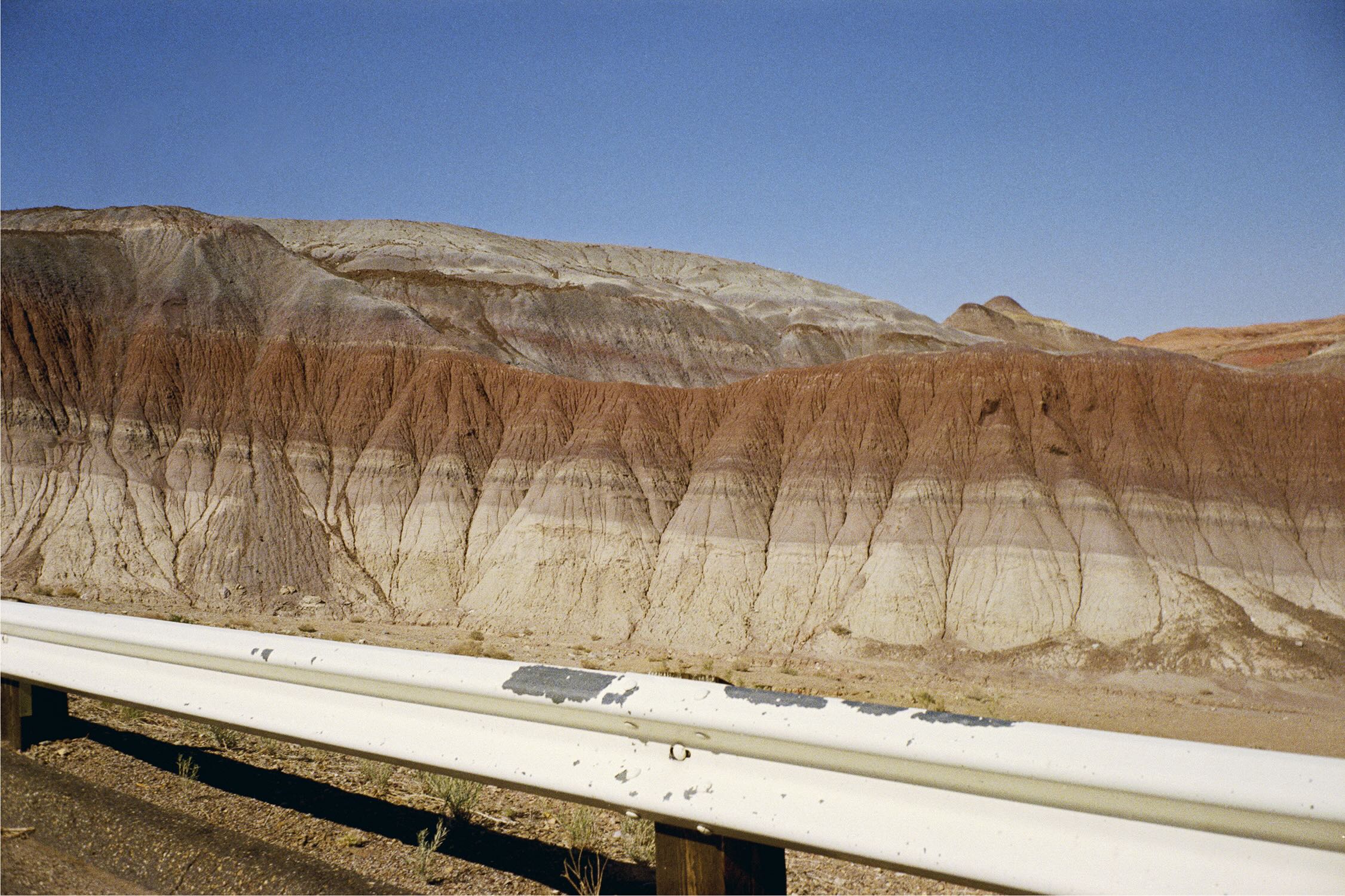
Shore’s mobility allows him to multiply perspectives and encounters with this Americanism: in the works selected for Vehicular & Vernacular, the vehicular aspect is, in fact, put at the service of the vernacular. Through more than one hundred images taken between 1969 and 2021 across the United States, the exhibition at the Fondation Henri Cartier-Bresson is the first retrospective of Shore’s work in Paris in nineteen years. The exhibition presents Uncommon Places and American Surfaces alongside lesser-known projects never before exhibited in France. A fragment of the Signs of Life exhibition, in which Shore participated in 1976, has been exceptionally recreated for the occasion.
“I am interested in visual thinking. There is something very personal and revelatory about this kind of thinking that I find simply fascinating”.
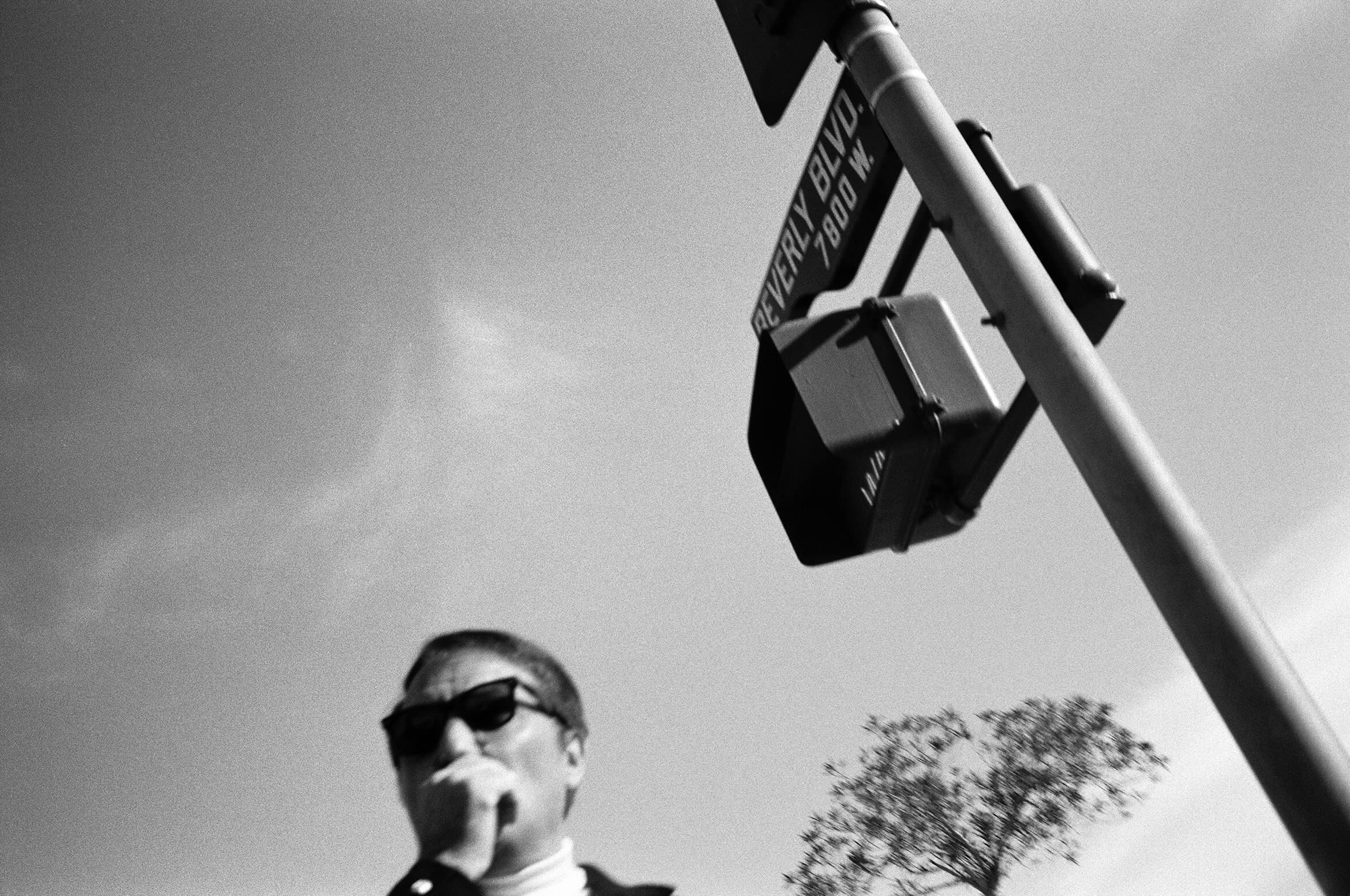
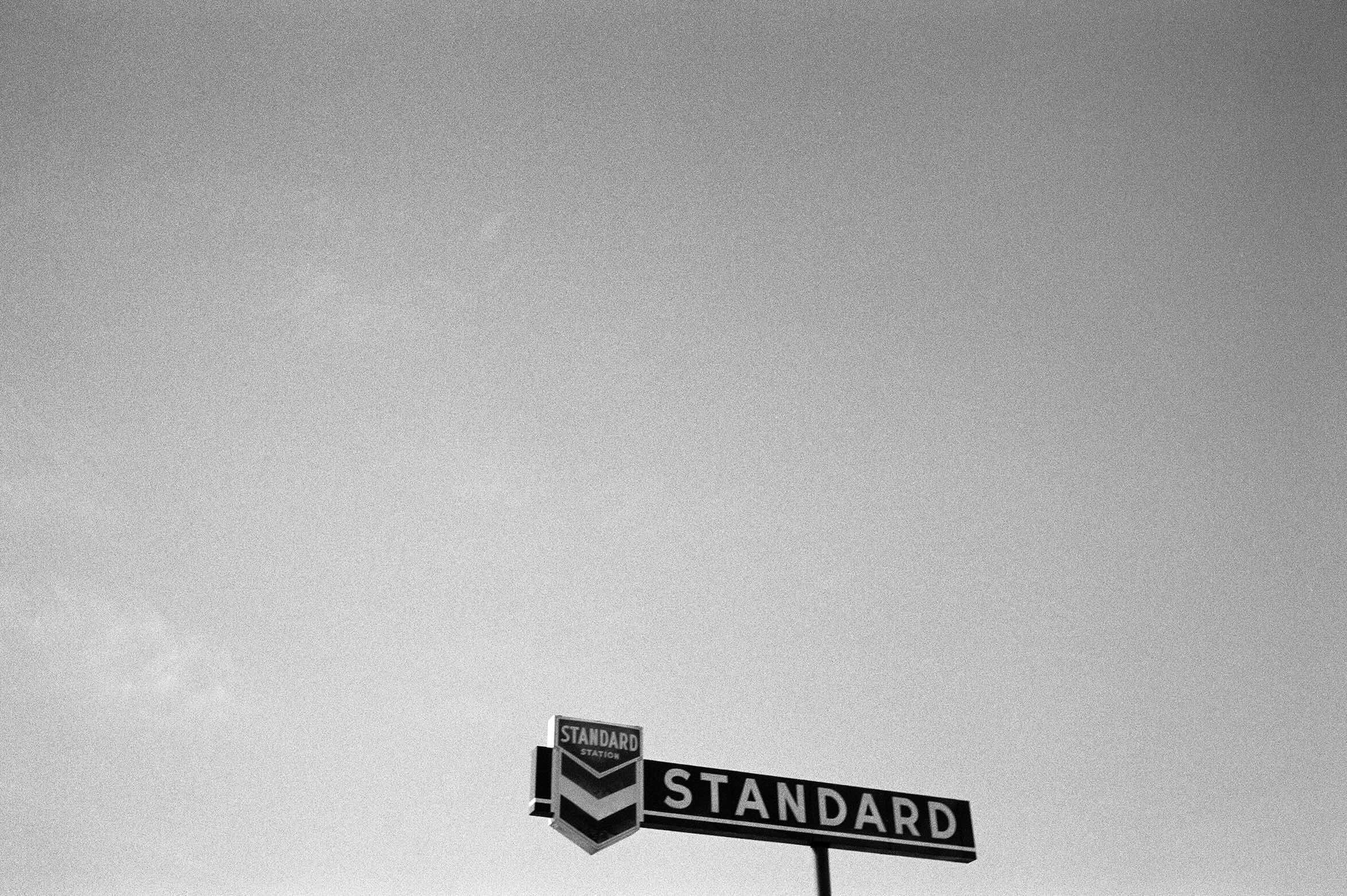
For further information henricartierbresson.org.
